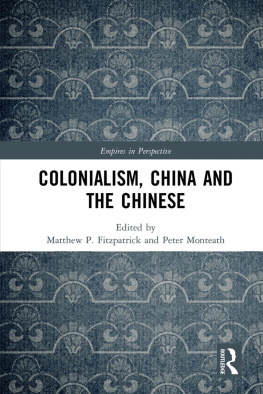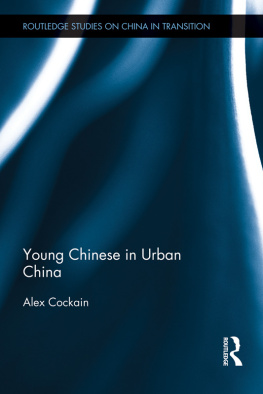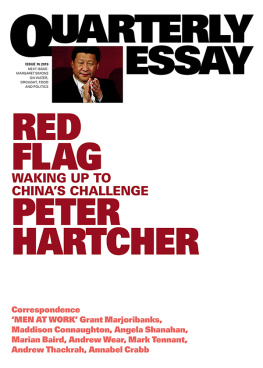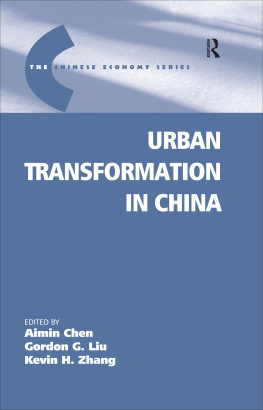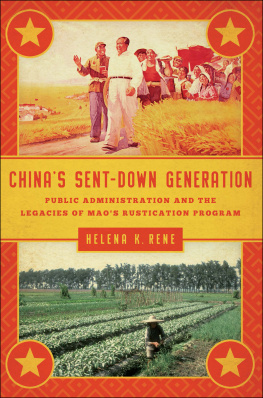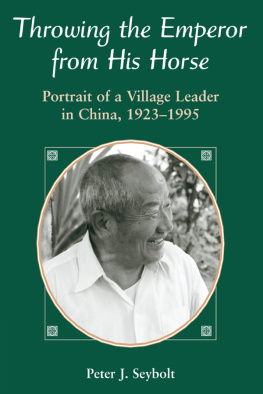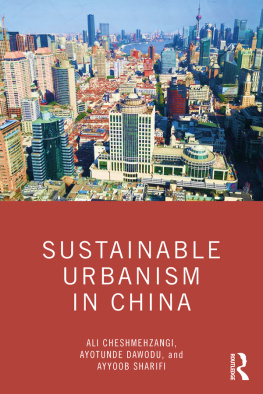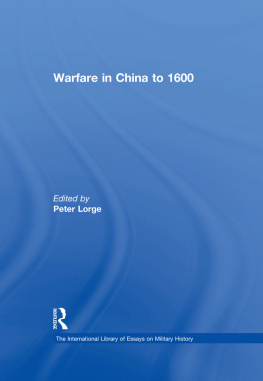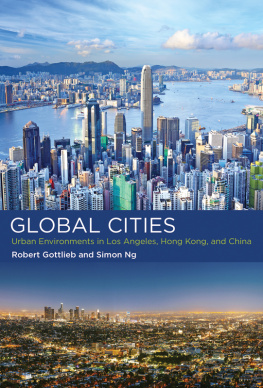Routledge Revivals
The Rustication of Urban Youth in China
In the 1960s and 70s, the government of China conducted a rather unusual social experiment called Up to the mountains and down to the village which sent urban youths to the countryside in an attempt to reverse the flow of the rural population migrating to towns and cities as was generally occurring in other parts of the world at that time. Originally published in 1975, Seybolt draws together a compilation of documents discussing the project which sent roughly 12 million urban youths to settle in the countryside in the years 19681975 alone. The documents discuss issues such as university education, love and marriage as well as the details of the experiment. This title will be of interest to students of sociology, anthropology and Asian studies.
The Rustication of Urban Youth in China
A Social Experiment
Edited by
Peter J. Seybolt
First published in 1975
by M.E. Sharpe Inc.
This edition first published in 2016 by Routledge
2 Park Square, Milton Park, Abingdon, Oxon, OX14 4RN
and by Routledge
711 Third Avenue, New York, NY 10017
Routledge is an imprint of the Taylor & Francis Group, an informa business
1975 M.E. Sharpe Inc.
All rights reserved. No part of this book may be reprinted or reproduced or utilised in any form or by any electronic, mechanical, or other means, now known or hereafter invented, including photocopying and recording, or in any information storage or retrieval system, without permission in writing from the publishers.
Publishers Note
The publisher has gone to great lengths to ensure the quality of this reprint but points out that some imperfections in the original copies may be apparent.
The publishers would like to make it clear that the views and opinions expressed by the author, and language used in the book are a reflection of the times in which it was published and have not been updated since first publication. No offence is intended in this edition.
Disclaimer
The publisher has made every effort to trace copyright holders and welcomes correspondence from those they have been unable to contact.
A Library of Congress record exists under LC control number: 76017395
ISBN 13: 978-1-138-19179-2 (hbk)
ISBN 13: 978-1-315-64020-4 (ebk)
EDITED BY
PETER J. SEYBOLT
INTRODUCTION BY
THOMAS P. BERNSTEIN
The Rustication of Urban Youth in China A SOCIAL EXPERIMENT
Copyright 1975, 1976, 1977 by M. E. Sharpe, Inc. 901 North Broadway, White Plains, New York 10603
All rights reserved. No part of this book may be reproduced in any form without written permission from the publisher.
Library of Congress Catalog Card Number: 76-17395
International Standard Book Number: 0-87332-082-4
Printed in the United States of America
From The China Book Project. The Rustication of Urban Youth in China features a translation of Je-ching kuan-huai hsia-hsiang chih-shih ching-nien ti cheng chang: Tso-hao chih-shih ching-nien shang-shan hsia-hsiang ti ching-yen (Have a Warm Concern for the Growth of Educated Youths Going down to the Countryside: The Experiences of Doing a Good Job at the Work of Educated Youths Going up to the Mountains and down to the Countryside) (Peking Peoples Press, 1973). Translations of most of the material that appears in this book were first published in the journal Chinese Education .
Contents
by Peter J. Seybolt
by Thomas P. Bernstein
HAVE A WARM CONCERN FOR THE GROWTH OF EDUCATED YOUTHS GOING DOWN TO THE COUNTRYSIDE
Jen-min jih-pao
Chung Chih-min/ Jen-min jih-pao
Jen-min jih-pao
Jen-min jih-pao
Chi Chien/ Hung-chi
Jen-min jih-pao
Jen-min jih-pao
The CCP Committee of Hai-cheng Hsien , Liaoning Province/ Jen-min jih-pao
The CCP Committee of Hai-cheng Hsien , Liaoning Province/ Jen-min jih-pao
Peter J. Seybolt
This book is a compilation of documents dealing with one of the largest population movements and one of the most unusual social experiments in history. At a time when the population trend throughout the world is from rural to urban areas, China is seeking to reverse the process by sending millions of educated urban youths to the countryside to settle permanently.
In his introductory essay, Professor Thomas Bernstein discusses the history of the rural transfer movement, the reasons for it, the approximate numbers of people involved, and the problems that have been encountered.
The major source of this book is Have a Warm Concern for the Growth of Educated Youths Going down to the Countryside , which is translated here in full. Published in China in 1973 as part of an effort to reaffirm the policy of transferring urban youths to the countryside, it contains case studies which provide emulation models and guidelines for resolving problems. In an appendix we have included a number of other articles to illustrate additional aspects of the movement, such as problems relating to university admissions, love and marriage, and so on.
The English-language publication of these documents represents the work of a number of people. Chou Shan drafted the translation of the majority of the articles. Others were drafted by Perry Brainin, Ai Ping, and the editor, who was also responsible for selection of the materials and for checking and revising translations. I should like to thank the translators, Thomas Bernstein for his introduction, and his help in the selection process, and Douglas Merwin of M. E. Sharpe, Inc., who participated in every aspect of the production of this book.
March 1977
Thomas P. Bernstein
Definitions and Goals of the Program
The materials here reproduced deal with the transfer to the countryside of young urbanites, youths born and raised in cities and towns, and, for the most part, graduates of junior or senior middle schools. Shang-shan hsia-hsiang , up to the mountains and down to the villages, as the transfer program is called, must be distinguished from other flows of manpower from the urban to the rural sector, such as the temporary or long-term sending down, hsia-fang , of cadres, or the dispatch to the rural areas of doctors, scientists, or other specialized personnel. The program must also be distinguished from the return of peasants to their native villages upon completion of schooling not available in their production teams or brigades. The Chinese government has been promoting the return of educated peasant youths for many years, even before educated young urbanites began to be sent to the countryside in large numbers. Lumping the various categories together results in erroneous assessments, for instance, of the developmental significance of these urban-to-rural flows. Thus, urban youths usually do not possess highly specialized skills, whereas scientists and doctors obviously do. Similarly, lumping such categories as the returned educated peasant youths ( hui-hsiang chih-shih ching-nien ) together with the urban sent-down educated youths ( hsia-hsiang chih-shih ching-nien ) results in ) speaks of sent-down youths who grew up in the cities and had seldom come into contact with village society. But the editorial also singles out as a model for emulation an educated youth named Hsing Yen-tzu, who returned to her native village in 1958, eventually rising to Central Committee membership, and concludes with an appeal to Young comrades going to the countryside and returning to the countryside. It is thus not always clear about whom the press is writing, though in fact, most of the materials in this volume do seem to deal with sent-down urban youth.





